Disclaimer: I ain't being sponsored, or being paid by any vendors/parties who would benefit from my review. Everything's been paid at my own expense, so just chill.
So I finally received a pair of ZMF Ori pads from the drop to use in conjunction with my TH-X00 Ebony. And since I have Fostex stock pads, Dekoni THX00 sheepskin pads, and Chinese 30 mm pads, I thought I would do a quick comparison analysis for everybody. All of analytical observations disclosed here are based on measurements acquired from my Head-And-Torso-Simulator as well as my own auditory experience. I might post some graphs and all on my blog later on, but that is probaly when I am completely done with analysis.
Comfort & Fit
Comfort-wise, I think Dekoni and ZMF are more or less the same, but Dekoni wins in term of fitting unless you have a big pair of ears. The gripping sensation on the head from Ori pads feels somewhat not as uniform as Dekoni's, maybe due to slight density or geometric difference between left and right pads. Dekoni's pair matching is really exceptional, IMHO, because I could get a channel matching within 1 dB between left and right channel from 20~20 kHz whereas other pads did give off some degree of measurement variances.
I won't talk about comfort & fit of neither the stock pads nor the Chinese pads simply because they do suck balls. And the Chinese 30 mm pads don't really fit well onto a human head due to good amount of nasty creases on the pad itself.
Sound Quality
The purpose of Fostex's attenuator rings
First of all, it is important to know what purpose the stock attenuator rings(aka Fostex acoustic guides) serve. They are placed in between the pad and the baffle, and work like low-shelf filters that affect below 1 kHz. They boost the sound pressure level up to 7 dB @ 20 Hz. This, in my opinion, is a BIG difference and is caused by:
1. Driver having to deal with less amount of radiation impedance due to decreased volume in front of the baffle
2. Acoustic guides perfectly sealing the dense foam ring situated at the driver's opening
Acoustic leak becomes extremely well-controlled, leaving the porous foam material as the only controlled leak between the pad and the driver. The other important element, acoustic leak between the head and the pad, is still present, but the resulting sound pressure level difference below 1 kHz is now substantial, sustaining a lot more bass even with a good amount of head to pad leak.
Fostex Stock
Fostex TH-X00 is well-known for its characteristic brassy treble and a recessed mid-range. And thanks to the attenuator rings, the stock pads do bring out a good amount of bass. The resulting stock sound is perhaps highly refined representation of V-shaped tonality, which is very popular in Japanese headphone industry. Yet, it is also notable to mention that some serious audiophiles do consider such tonality to be very non-HiFi. Oh well, I like it at least.
Dekoni THX00 vs Fostex Stock
You do need the rings to get the most out of Dekoni pads, and sonically, yes they are the closest replication of the Stock pads except with the peaks in the high frequency range. Resonances in the upper treble above 3.5 kHz are pulled down slightly downward, shifting the signature(or problematic) peak at 10 kHz to about 9 kHz, due to slight angle&depth difference in how the pads place the driver on to the ear. With those rings detached, the headphone kind of sounds like Sony MDR-CD3000 to me.
ZMF Ori vs Fostex Stock
Surprisingly, ZMF Ori pads do not really benefit from using the rings; they only boost the low-frequency range ~2 dB below 100 Hz when attached. Since the POM plate sleeves stitched to the pads are quite large in size, they actually partially cover the foam rings when the POM plates are attached to the baffle. Thus it can be assumed Oris do not actually need those attenuator rings. And without the rings, the lower mid-range from 100 Hz to 700 Hz is slightly less emphasized for about -3 dB with a very low Q. In the frequency range above 3.5 kHz, resonances are being shifted downward just like Dekoni's, but with subdued peaks and deep nulls. As a result, ZMF Ori pads do boost the low frequency range without the help from the attenuators, and flatten out the mid-to-treble, and turn TH-X00 into a totally different kind of beast. For those who do not like Fostex's stock sound signature and prefer more balanced sound, they would definitely enjoy the sonic change ZMF Oris make.
And it is notable that Oris have large ear openings, and they open up the sound stage little wider. However, it may be little difficult for a listener with small-to-normal sized ears to get the right "sweet spot" to obtain an optimum acoustic characteristic due to the size of the spot remaining largely unchanged from Fostex's Stock pads. Here is how I obtained my own spot: I tuck the earpads under my earlobes and pull the headphone towards the back of my head, and you will immediately notice less sibilant. People with larger ears will find this procedure lot easier.
Chinese 30mm
Unlike other pads that are angled, these are made flat. With proper seal, the Chinese 30 mm pads do show some good linearity from the low to mid range without the rings. However, with bass gone, uncontrolled treble induces very fatiguing sound. The rings can be used, of course, to boost the low-end, but then the mid-range becomes all dry. My $20 well-wasted.
In summary
ZMF Ori pads do not necessarily need the attenuator rings, and sound more airy and linear compared to the stock or to Dekoni's. However, Oris are quite far from Fostex's signature sound quality; neither superior nor inferior, just quite different. And they are hard to get the right acoustic "sweet spot" due to their unique design unless your ears are big enough. That being said, Dekonis are still probably the closest third party ear pads to the signature sound of stock TH-X00 with improved comfort, but with a bit more sibilance. The chinese 30 mm pads do show the driver's true nature, and expose opportunity for future modding, but they are definitely not for personal listening.
And finally, please don't use any kind of foam material (anything denser than earbud-covers) between the pad and the driver to control upper peaks, because you can not. This includes shelf liners too. Rather, they attenuate the low-to-mid for at least -3 dB, and make the sound more sibilant yet dull.









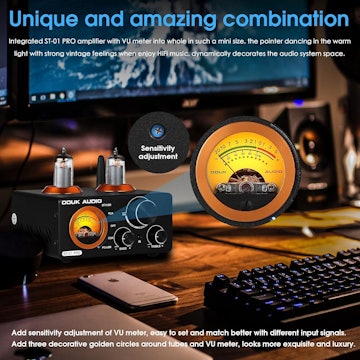
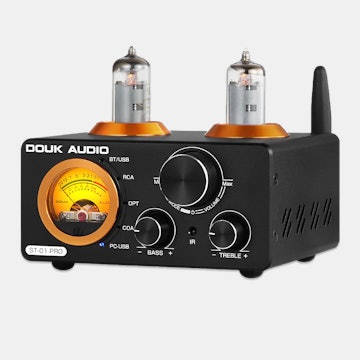
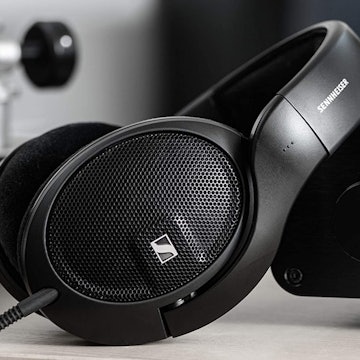
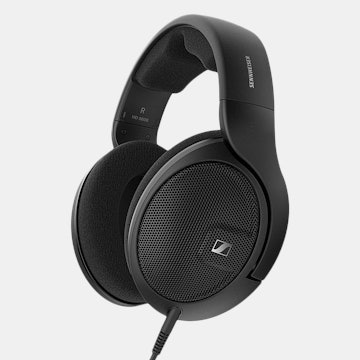
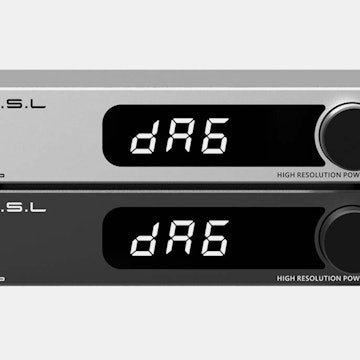
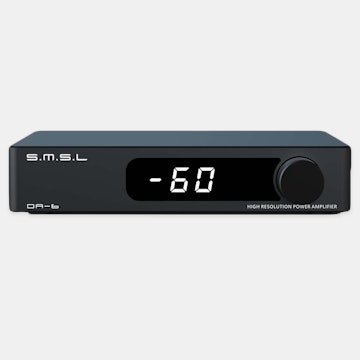
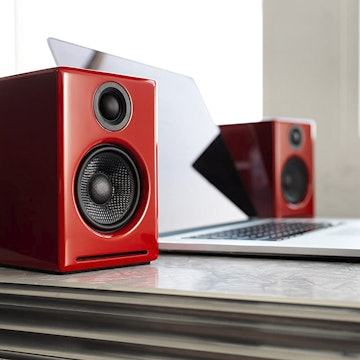
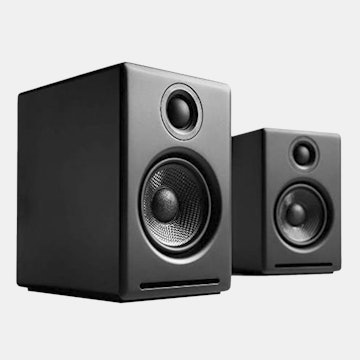
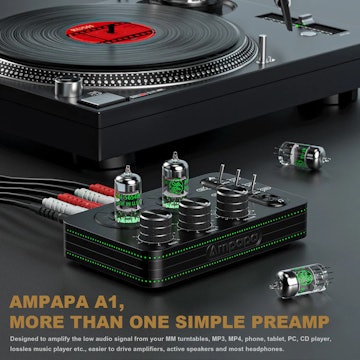
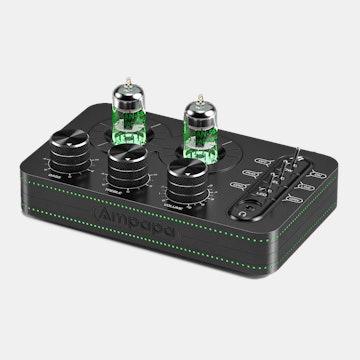

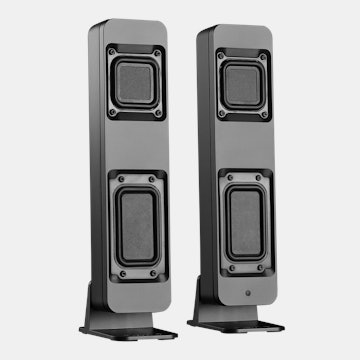
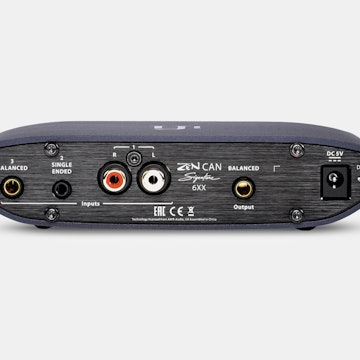
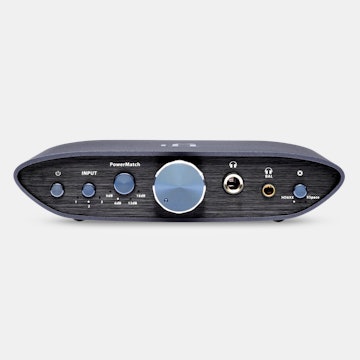
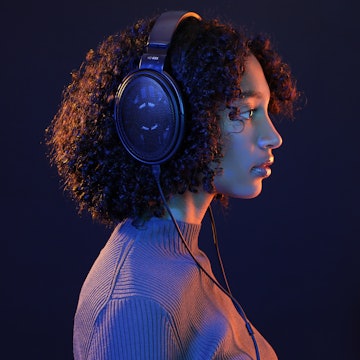
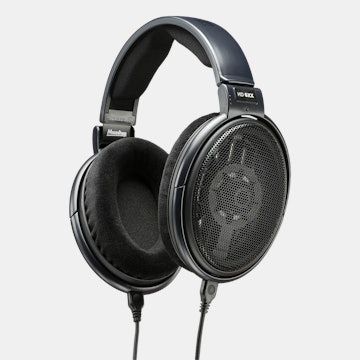
So I finally received a pair of ZMF Ori pads from the drop to use in conjunction with my TH-X00 Ebony. And since I have Fostex stock pads, Dekoni THX00 sheepskin pads, and Chinese 30 mm pads, I thought I would do a quick comparison analysis for everybody. All of analytical observations disclosed here are based on measurements acquired from my Head-And-Torso-Simulator as well as my own auditory experience. I might post some graphs and all on my blog later on, but that is probaly when I am completely done with analysis.
Comfort & Fit
Comfort-wise, I think Dekoni and ZMF are more or less the same, but Dekoni wins in term of fitting unless you have a big pair of ears. The gripping sensation on the head from Ori pads feels somewhat not as uniform as Dekoni's, maybe due to slight density or geometric difference between left and right pads. Dekoni's pair matching is really exceptional, IMHO, because I could get a channel matching within 1 dB between left and right channel from 20~20 kHz whereas other pads did give off some degree of measurement variances.
I won't talk about comfort & fit of neither the stock pads nor the Chinese pads simply because they do suck balls. And the Chinese 30 mm pads don't really fit well onto a human head due to good amount of nasty creases on the pad itself.
Sound Quality
The purpose of Fostex's attenuator rings First of all, it is important to know what purpose the stock attenuator rings(aka Fostex acoustic guides) serve. They are placed in between the pad and the baffle, and work like low-shelf filters that affect below 1 kHz. They boost the sound pressure level up to 7 dB @ 20 Hz. This, in my opinion, is a BIG difference and is caused by:
1. Driver having to deal with less amount of radiation impedance due to decreased volume in front of the baffle
2. Acoustic guides perfectly sealing the dense foam ring situated at the driver's opening
Acoustic leak becomes extremely well-controlled, leaving the porous foam material as the only controlled leak between the pad and the driver. The other important element, acoustic leak between the head and the pad, is still present, but the resulting sound pressure level difference below 1 kHz is now substantial, sustaining a lot more bass even with a good amount of head to pad leak.
Fostex Stock Fostex TH-X00 is well-known for its characteristic brassy treble and a recessed mid-range. And thanks to the attenuator rings, the stock pads do bring out a good amount of bass. The resulting stock sound is perhaps highly refined representation of V-shaped tonality, which is very popular in Japanese headphone industry. Yet, it is also notable to mention that some serious audiophiles do consider such tonality to be very non-HiFi. Oh well, I like it at least.
Dekoni THX00 vs Fostex Stock You do need the rings to get the most out of Dekoni pads, and sonically, yes they are the closest replication of the Stock pads except with the peaks in the high frequency range. Resonances in the upper treble above 3.5 kHz are pulled down slightly downward, shifting the signature(or problematic) peak at 10 kHz to about 9 kHz, due to slight angle&depth difference in how the pads place the driver on to the ear. With those rings detached, the headphone kind of sounds like Sony MDR-CD3000 to me.
ZMF Ori vs Fostex Stock Surprisingly, ZMF Ori pads do not really benefit from using the rings; they only boost the low-frequency range ~2 dB below 100 Hz when attached. Since the POM plate sleeves stitched to the pads are quite large in size, they actually partially cover the foam rings when the POM plates are attached to the baffle. Thus it can be assumed Oris do not actually need those attenuator rings. And without the rings, the lower mid-range from 100 Hz to 700 Hz is slightly less emphasized for about -3 dB with a very low Q. In the frequency range above 3.5 kHz, resonances are being shifted downward just like Dekoni's, but with subdued peaks and deep nulls. As a result, ZMF Ori pads do boost the low frequency range without the help from the attenuators, and flatten out the mid-to-treble, and turn TH-X00 into a totally different kind of beast. For those who do not like Fostex's stock sound signature and prefer more balanced sound, they would definitely enjoy the sonic change ZMF Oris make.
And it is notable that Oris have large ear openings, and they open up the sound stage little wider. However, it may be little difficult for a listener with small-to-normal sized ears to get the right "sweet spot" to obtain an optimum acoustic characteristic due to the size of the spot remaining largely unchanged from Fostex's Stock pads. Here is how I obtained my own spot: I tuck the earpads under my earlobes and pull the headphone towards the back of my head, and you will immediately notice less sibilant. People with larger ears will find this procedure lot easier.
Chinese 30mm Unlike other pads that are angled, these are made flat. With proper seal, the Chinese 30 mm pads do show some good linearity from the low to mid range without the rings. However, with bass gone, uncontrolled treble induces very fatiguing sound. The rings can be used, of course, to boost the low-end, but then the mid-range becomes all dry. My $20 well-wasted.
In summary
ZMF Ori pads do not necessarily need the attenuator rings, and sound more airy and linear compared to the stock or to Dekoni's. However, Oris are quite far from Fostex's signature sound quality; neither superior nor inferior, just quite different. And they are hard to get the right acoustic "sweet spot" due to their unique design unless your ears are big enough. That being said, Dekonis are still probably the closest third party ear pads to the signature sound of stock TH-X00 with improved comfort, but with a bit more sibilance. The chinese 30 mm pads do show the driver's true nature, and expose opportunity for future modding, but they are definitely not for personal listening.
And finally, please don't use any kind of foam material (anything denser than earbud-covers) between the pad and the driver to control upper peaks, because you can not. This includes shelf liners too. Rather, they attenuate the low-to-mid for at least -3 dB, and make the sound more sibilant yet dull.